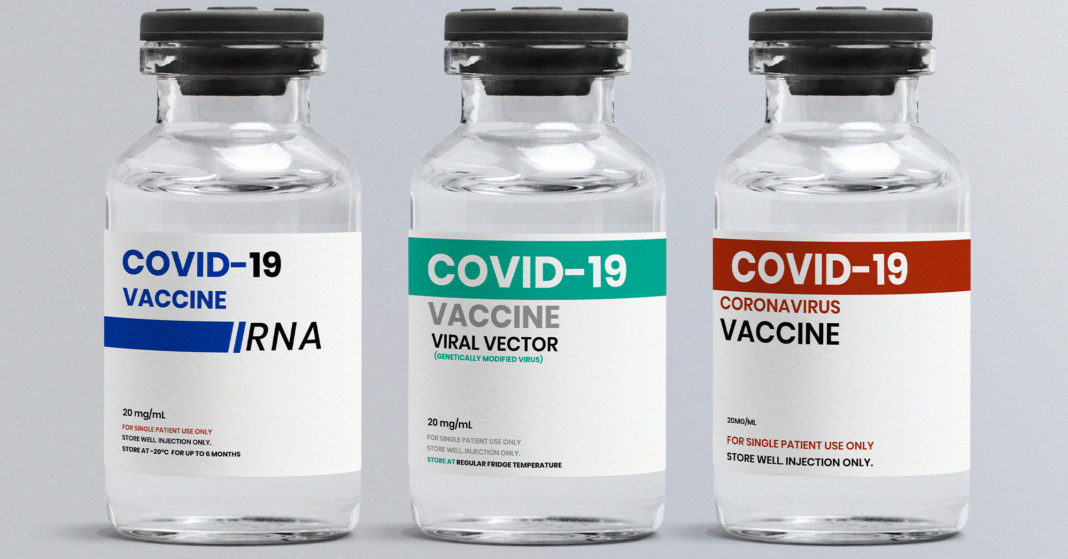With news out this week that all adults in Texas will be eligible to receive the vaccine beginning March 29th, some may be wondering which vaccine they will be getting and is one better than another?
The short answer is, “Take the vaccine that you are offered. All three vaccines are safe and effective.” Health experts across the globe recommend not waiting, so if you are able to get the vaccine, regardless of which one it is, you should get the shot.
All three currently authorized vaccines are highly effective and prevention hospitalizations and deaths.
With that in mind, what are the vaccines that are being offered, what are some of the differences between vaccine efficacy, and are there any differences in reactions?
| Vaccine | Type | Efficacy Rate |
| Pfizer-BioNTech | mRNA | 95% |
| Moderna | mRNA | 94.5% |
| Johnson & Johnson | Viral vector | 66% |
| Oxford-AstraZeneca* | Viral vector | 81.3% |
What are the major differences?
Both Pfizer and Moderna are two dose vaccines while Johnson & Johnson is one dose. Both mRNA vaccines must be stored at freezer level temperatures while J&J can be refrigerated, and Pfizer and Moderna cost about three times more per dose than J&J.
What is an mRNA vaccine and how does it work?
mRNA vaccines are a new type of vaccine that teaches your cells how to make a protein to trigger an immune response, rather than putting a weakened or inactivated germ inside the body. A video that went viral on TikTok and Twitter about “fork hands” gives a light hearted yet effective summary of how mRNA vaccines work.
A more detailed explanation can be found by visiting the CDC’s website here.
Which vaccines are authorized?
Pfizer, Moderna, and Johnson & Johnson have all been authorized for use in the United States. Pfizer and Moderna were authorized in December, and Johnson & Johnson was authorized in February.
What reactions should I expect?
Side effects fall into two main categories: Injections site reactions, and systemic side effects.
Injection site reactions include pain, redness, and swelling. Systemic side effects include tiredness, headache, muscle pain, chills, fever, and nausea.
Should I worry about the efficacy rate?
Experts say comparing efficacy rates between the vaccines is not useful.
The efficacy rates come from clinical trials which were all conducted differently, and the J&J clinical trial included populations outside the United States. Things like lockdown measures, community spread, and timing, all impact efficacy rates.
All three vaccines are consistent at preventing death and hospitalizations, and the impact of variants on all three vaccines is still being studied.
What can I do after I get vaccinated?
The CDC issued guidance for people who are fully vaccinated including measures individuals are still recommended to implement such as mask wearing in public, and how vaccinated people can interact with unvaccinated people in doors.








